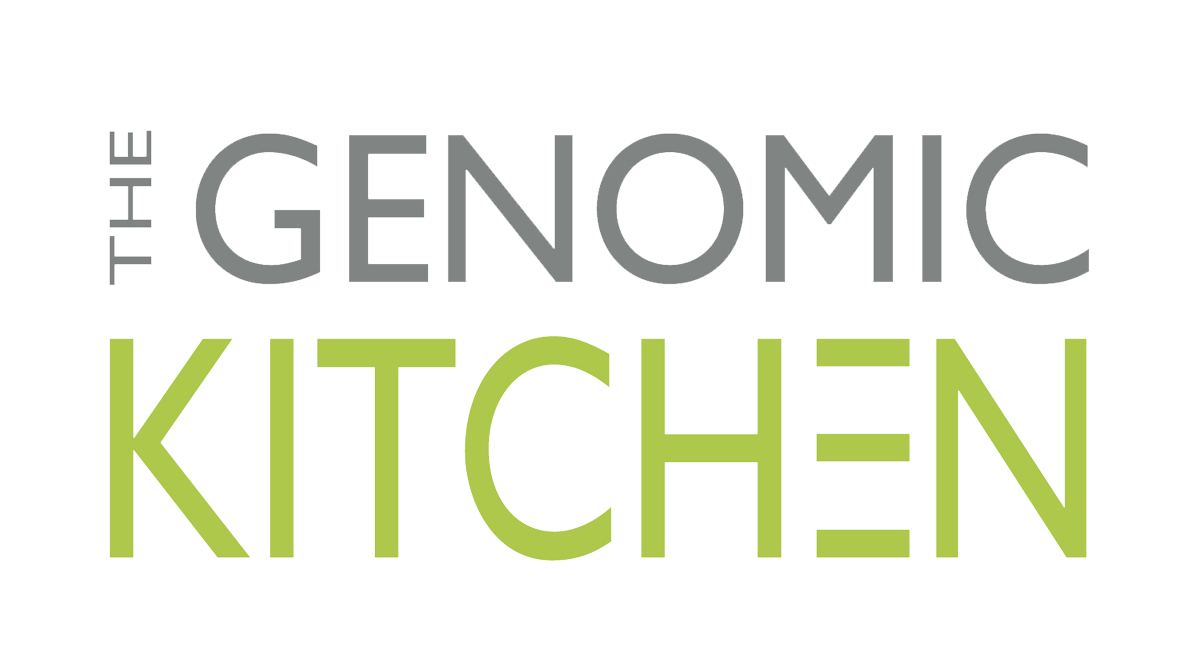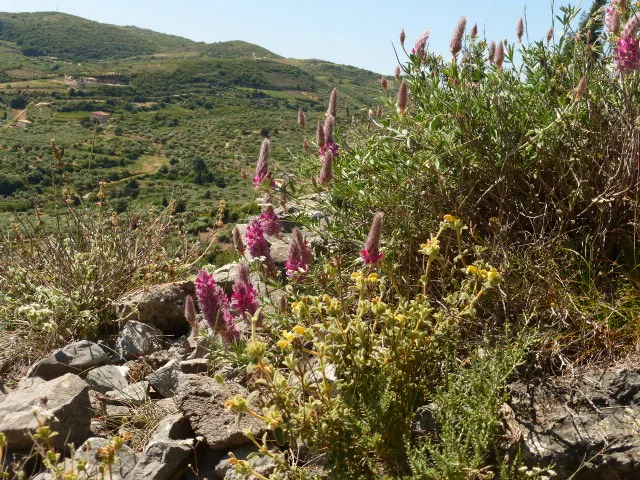THE MEDITERRANEAN. OLD DIET. NEW THOUGHTS
/HILLSIDES ON THE ISLAND OF CRETE
The Mediterranean Diet is often referred to as the “gold standard” of diets, touted by experts around the world as “the diet” to follow. Rich in vegetables and fruit, legumes and sometimes seafood, this eating style appears to hit all the nutrition targets anyone could need. Interestingly, the Mediterranean region spans three continents and 23 countries, where each country has its unique culture and culinary style. The foods of Southern Italy are not the same as Tunisia or Turkey, but the people are still eating the “Mediterranean Diet.” So how can the diet of a region with such food diversity be labeled the “healthiest?” The answer might just lie in what grows on the mountain slopes, roadsides, bushes and hedges that dot this vast region.
Nutrigenomics, the science of how food communicate with our genes, shines a new lens on how we might connect the Mediterranean “diet” with health. We’ll use Ikaria to explore this. Ikaria, an island in the Eastern Mediterranean, or more correctly, the Aegean Sea, is renowned for its population of Centenarians. On this island, and many places around the Mediterranean, the food is simple, delicious and reflects the changes of each season. Common to the Mediterranean plate are wild growing greens and herbs, harvested by the people, young and old. On Ikaria, these include wild thyme, wild fennel , chicory, arugula, wild dock leaf, amaranth and even Queen Ann’s Lace. For the unknowing, these plants might look like weeds, but it turns out they are nutritional treasures for our genes.
We all know that herbs and greens are “good for you,” but an older study from the University of Athens shed new light on just how good they are. Researchers looked at the nutritional composition of wild foraged plants consumed across the Greek Islands, including Ikaria of course. The nutrition analysis included concentrations of bioactives in the plants. Bioactives act like switches, turning genes on and off. The study revealed a wide variety of bioactives such as quercetin, luteolin and apigenin, all capable of turning on Master Gene NrF2. This gene produces highly efficient antioxidants capable of dousing free radicals like a fire hose. The concentration of quercetin was particularly high in many of these native plants. Quercetin not only turns ON NrF2, but it also turns OFF two very pro-inflammatory Master Genes, TNF-alpha and Nf-kB.
WILD FLORA IN THE GREEK ISLANDS
Researchers also compared the bioactive profiles of these native wild plants with fruit and vegetables commonly eaten in Europe. The difference was stunning. Compared to native wild plants, commonly consumed produce (think lettuce), had virtually no bioactives, with the sole exception of onions (quercetin).
Let’s think about this a moment. By foraging for and eating wild greens and herbs, the people of Ikaria and the Mediterranean are ingesting a rich supply of bioactives which help their body deal with stressors. Left unattended, stressors wreak havoc in cells and tissues. When havoc prevails, disease follows. And what is the Mediterranean known for? Lower rates of heart disease, Alzheimer's disease, and of course longevity.
But this food-gene Mediterranean connection is not just about wild herbs and plants. Fresh and cooked tomatoes are used robustly in dishes throughout the Mediterranean. Cooked tomatoes provide lycopene, a bioactive that also “talks” to NrF2. Citrus, particularly oranges, are so abundant in this part of the world that you can pluck them from trees lining the roads. Citrus peel (think zest) is a source of bioactives that appear to block formation of the amyloid plaque associated with Alzheimer’s Disease.
By looking at the foods of the Mediterranean through the lens of Nutrigenomics, we have a different understanding of this famous diet and how and why it is healthy. You could say that the people of Ikaria and around the Mediterranean are eating fresh food, prepared in simple ways that certainly satisfy their appetite, but importantly, the food they are eating is talking to their genes.
In our next blog post, we’ll talk about how to get the benefits of wild herbs and plants without flying to the Mediterranean!




